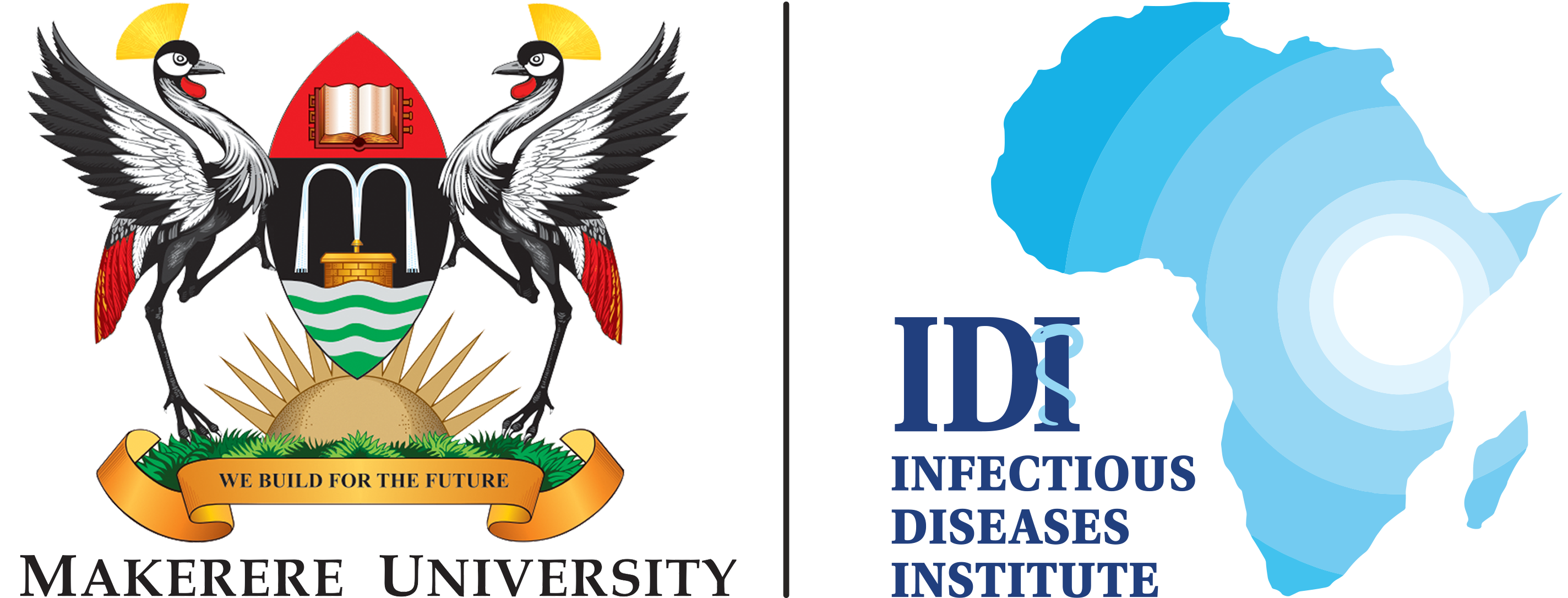- Associated Links
-
-
Our united network of partners and institutions share a vision for excellence, innovation, and impact. Together, we harness our combined strengths to create meaningful change.
-
-
- Careers
-
-
Our people are our greatest asset. We foster a thriving environment where everyone can flourish and make a difference. Join us in driving innovation and positive change through fulfilling career opportunities.
-
-
- Contact Us
-
-
As a leading national health organisation with regional influence, we are committed to improving healthcare in Africa. Connect with us to explore partnerships, discover our work, and together create a healthier future.
-
-
- Home
- Who We Are
-
-
We’re a national non-profit dedicated to protecting African communities from infectious diseases. Our work strengthens health systems to withstand current and future health challenges.
-
-
- What We Do
-
-
We reimagine healthcare by translating bold ideas into real-world impact. Our work encompasses building strong health systems and improving health outcomes through prevention, diagnosis, treatment, and emergency response.
-
Sub-programmes
- Kasangati
- Academy
- African Centre of Excellence
-
-
- Where We Work
-
-
We operate in 92% of Uganda's districts, with strategic partnerships in 23 African countries and nine others worldwide. Through these collaborations, we gain diverse insights to develop tailored solutions for local communities.
-
-
- Impact
- Resources
-
-
We rely on evidence and our expertise to deliver established interventions to improve access to and demand for healthcare services and overall quality of care.
-
-
-
Coming Soon...
-
-
- Get Involved
-
-
Collaboration is at the core of what we do. We’re excited to connect with you to explore potential collaborations. Introduce yourself below and let’s explore how we can collaborate to bring life-saving solutions to the real world. Together, we can defeat Africa's most critical health issue—infectious diseases and other emerging health threats.
-
-
-
Coming Soon...
-
-

